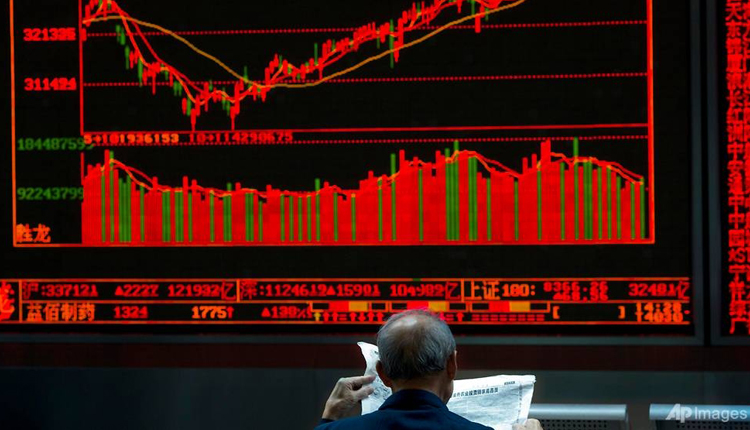Asian markets were mostly higher Monday afternoon as investors look for further developments on U.S.-China trade.
Mainland Chinese stocks recovered from an earlier slip to rise by the afternoon, with the Shanghai composite up 0.58 percent and the Shenzhen composite gaining 0.708 percent. The Shenzhen component also advanced 0.76 percent.
Hong Kong’s Hang Seng index rose 1.11 percent, as shares of Chinese tech juggernaut Tencent jumped 2.06 percent.
The moves came amid ongoing turmoil in Hong Kong, as the embattled city continues to be rocked by civil unrest that has now lasted for months. Hong Kong police warned Monday live bullets could be fired, as tensions escalate in a standoff with protesters, Reuters reported.
“One should divorce the markets issue, to an extent, from the political issue,” Hugh Young, managing director of the Asia Pacific region at Aberdeen Standard Investments, told CNBC’s “Street Signs” on Monday.
“The stocks listed there represent a lot more than Hong Kong itself,” Young said.
Elsewhere, Japan’s Nikkei 225 added 0.32 percent, while the Topix index traded slightly higher. Shares of Z Holdings — formerly known as Yahoo Japan — and Line rose more than 1 percent and 2 percent respectively. The moves came as Softbank Corp announced plans to merge Z holdings, its subsidiary, with Naver’s Line.
South Korea’s Kospi, on the other hand, slipped 0.34 percent. Shares in Australia also edged lower, with the S&P/ASX 200 down 0.61 percent.
Overall, the MSCI Asia ex-Japan index traded 0.29 percent higher.
Investors will continue to monitor developments on U.S.-China trade. Chinese Vice Premier Liu He had a phone call Saturday morning with Treasury Secretary Steven Mnuchin and U.S. Trade Representative Robert Lighthizer regarding a “phase-one” trade deal, Chinese state media outlet Xinhua reported over the weekend.
The two sides had “constructive discussions” about “each other’s core concerns” and agreed to remain in close contact, Xinhua reported. The call came at the request of Mnuchin and Lighthizer, according to Xinhua.
That came after White House economic advisor Larry Kudlow said late last week the two economic powerhouses were getting close to a deal.
“U.S.‑China trade and technology negotiations will remain front of mind this week. So far, a ‘phase one’ trade deal remains elusive. Despite positive comments from U.S. officials, the US and China appear unable to agree on core components of the deal,” strategists at Commonwealth Bank of Australia wrote in a note.
“In our view, there is a risk that some of the recent optimism around tariffs begins to recede,” the strategists said. “The U.S. is still scheduled to lift tariffs by 15 percent on US$156 (billion) of Chinese imports on 15 December. Removal of existing tariffs appears to be one of the key sticking points in current negotiations.”
Singapore’s exports for October declined more than expected, Reuters reported Monday citing official data. Non-oil domestic exports dropped 12.3 percent year-on-year, against expectations of a 10.4 percent decline in a Reuters poll.
Currencies and oil
The U.S. dollar index, which tracks the greenback against a basket of its peers, was at 97.909 after seeing highs above 98.4 last week.
The Japanese yen traded at 108.81 per dollar after seeing highs below 108.4 in the previous trading week. The Australian dollar changed hands at $0.6811 after declining from highs above $0.684 last week.
Oil prices were nudged higher in the afternoon of Asian trading hours. The international benchmark Brent crude futures contract advanced fractionally to $63.33 per barrel. U.S. crude futures were also slightly higher at $57.75 per barrel.
Source: CNBC
